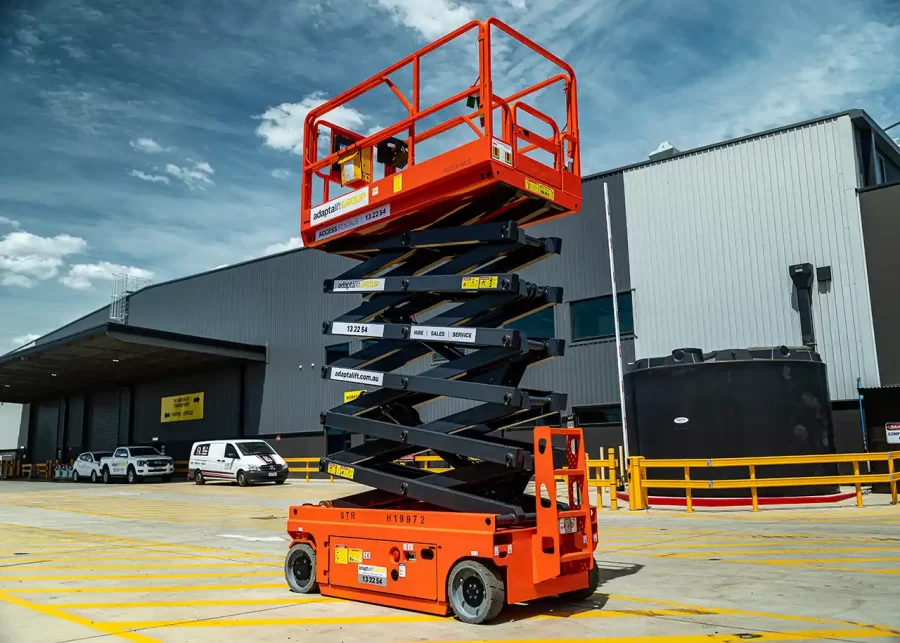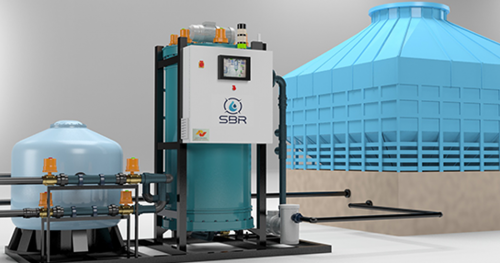Scissor lifts are indispensable tools in various industries, enabling workers to perform tasks at elevated heights safely and efficiently. However, operating these lifts comes with inherent risks. Adhering to safety guidelines prevents accidents and ensures a secure working environment.
Before diving into the safety guidelines, it’s important to note that scissor lifts, crucial for various industrial tasks, are available for purchase or through convenient scissor lift rental services. Renting can be a flexible and cost-effective option, especially for short-term projects.
Here are the top five essential safety guidelines for scissor lift operation:-
1. Comprehensive Training and Certification
Before operating a scissor lift, operators must undergo comprehensive training and obtain the necessary certifications. Training programs should cover the following areas:
- Operation Techniques: Understanding how to control and maneuver the lift safely and respond to emergencies.
- Safety Protocols: Learn about the specific safety features of the scissor lift, including guardrails, emergency stop buttons, and weight limits.
- Hazard Recognition: Identifying potential hazards such as overhead power lines, unstable ground conditions, and weather-related risks.
Certified training not only equips operators with the knowledge to use the equipment safely but also ensures compliance with occupational safety regulations. The International Powered Access Federation (IPAF) offers a PAL card (Powered Access Licence) that is recognized globally, validating that an operator has received adequate training.
2. Pre-Operation Safety Checks
Conducting thorough pre-operation checks is essential to ensure the lift is in safe working condition. Operators should inspect the following:
- Structural Integrity: Check for any signs of damage, wear, or corrosion on the lift structure, including the scissor arms and platform.
- Controls and Safety Devices: Verify that all controls are functioning correctly, including the emergency stop button. Ensure that guardrails are secure and that any safety gates are operational.
- Fluid Levels and Battery Charge: For hydraulic lifts, check fluid levels. For electric lifts, ensure the battery is fully charged.
- Environmental Conditions: Assess the ground conditions to ensure stability. Avoid using the lift on uneven or soft surfaces unless it is designed for such conditions.
Regular maintenance and servicing are also critical to keeping the lift in optimal condition and preventing mechanical failures during operation.
3. Load Management
Overloading a scissor lift can lead to catastrophic accidents, including tipping over or structural failure. Operators must adhere to the manufacturer’s specified Safe Working Load (SWL). Key considerations include:
- Weight Calculation: Account for the combined weight of the operator(s), tools, and materials on the platform.
- Even Distribution: Ensure the load is evenly distributed to maintain stability.
- Avoiding Sudden Movements: Refrain from making abrupt movements that could destabilize the lift.
Regularly reviewing the lift’s load capacity and understanding the implications of exceeding these limits can significantly reduce the risk of accidents.
4. Environmental Awareness
Being aware of the surroundings and potential hazards is crucial for safe scissor lift operation. Operators should:
- Monitor Weather Conditions: Avoid using the lift in adverse weather conditions such as high winds, rain, or snow, which can affect stability and visibility.
- Identify Overhead Hazards: Be vigilant about overhead power lines, beams, or other structures that could pose a risk when the lift is elevated.
- Secure the Work Area: Use barriers and safety signage to prevent unauthorized access to the area around the lift. This reduces the risk of other workers inadvertently entering the danger zone.
Spotters can be invaluable in helping operators navigate and monitor their environment, especially in complex or busy work sites.
5. Safe Operating Practices
Implementing safe operating practices is essential for minimizing risks. Key practices include:
- Proper Positioning: Ensure the lift is positioned on stable, level ground before elevating. Use stabilizers or outriggers if the lift is equipped with them.
- Three-Point Contact: When climbing on or off the platform, maintain three points of contact (two hands and one foot or two feet and one hand) to prevent falls.
- Stay Within Guardrails: Operators should never lean over or climb on guardrails. If reaching beyond the platform is necessary, use appropriate extension equipment.
- Avoiding Movements When Elevated: Do not move the lift while the platform is elevated unless the lift is specifically designed for such movement. Always lower the platform before relocating the lift.
In emergencies, having a clear evacuation plan and knowing how to use the emergency descent system can save lives.
Conclusion
Adhering to these five essential safety guidelines for scissor lift operation can significantly enhance the safety and efficiency of working at heights. Comprehensive training, diligent pre-operation checks, proper load management, environmental awareness, and strict adherence to safe operating practices are critical components in ensuring a secure work environment. By following these guidelines, operators can minimize risks, prevent accidents, and promote a culture of safety in the workplace.
Also Read: Top 5 Indian Sports And Fitness Goods Manufacturer









